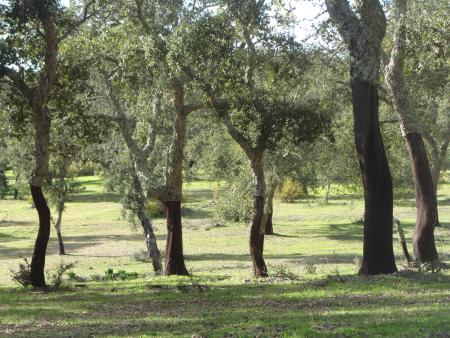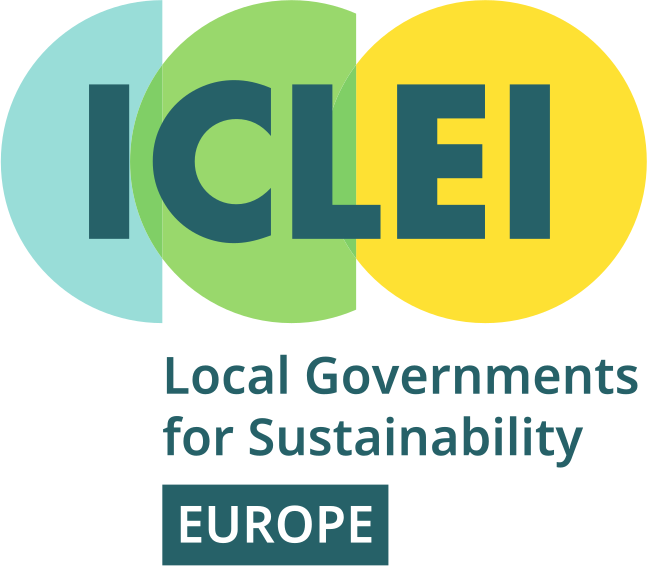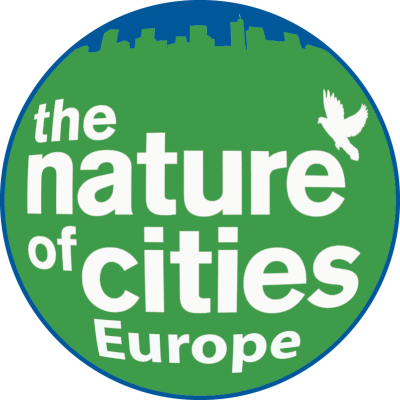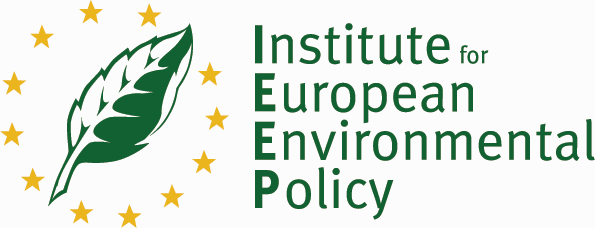
Objective:
Evaluate and compare physical, chemical and biochemical soil properties, regarding soil organic matter accumulation and soil fertility development, in cork oak woodlands, located in south Portugal, managed with two different systems: 1) a 5-year old improved pasture grazed by cattle, and 2) a natural understorey with shrubs control every 4-6 years (rotary mower), ensuring cork oak seedling are protected by adjusting cutting height to a maximum distance to soil surface, and preventing sapling damage by postponing this operation in shrub patches were natural regeneration is identified.
Context:
Cork oak woodlands are currently facing a significant vitality decline, mainly due to inappropriate management practices, and the occurrence of extremes events (e.g., more frequent and intense drought periods) promoted by climate changes in the Mediterranean basin. In this sense, understanding how management practices influence soil quality, particularly organic carbon (C) and nitrogen (N) accumulation and dynamics, becomes crucial to warrant cork oak woodlands long-term sustainability and profitability, with direct economic benefits for landowners and the cork industry.
Contacts:
Ana Raquel Rodrigues, arfelizardo@isa.ulisboa.pt
Further information:
Rodrigues, A.R., Costa e Silva, F., Coreia, A., Bicho, M.C., Madeira, M., Coutinho, J., 2019. Do improved pastures enhance soil quality of cork oak woodlands in the Alentejo region (Portugal)? Agroforest Syst., 1–12. https://doi.org/10.1007/s10457-019-00376-6(0123456789











